Co-authored by Wendy Lazarus, Founder and Co-President, The Children’s Partnership and Jenny Kattlove, Senior Director of Programs, The Children’s Partnership
There is good news to report for California’s children as we make our way through National Children’s Dental Health Month: more kids than ever will have dental coverage in 2015. This is thanks to a recent policy change made last year that has helped more children get dental coverage. However, this potentially high-impact policy change will be largely ineffective until California’s leaders address the severe dental care access shortage our most vulnerable children face every day.
Last year — as a result of pressure from an exceptionally broad-based group of organizations — Covered California, the state’s health coverage marketplace, made the decision to include children’s dental benefits in every health plan sold through the marketplace. That means 100 percent of children who get their health coverage through Covered California will now also be enrolled in dental coverage. This is an incredible shift from the year before when children’s dental benefits were sold separately from other health benefits, making dental coverage for children complicated and more expensive for families to obtain. Last year, only 30 percent of children obtained dental coverage through Covered California enrollment. California’s new approach provides families clarity, simplicity, and financial support to purchase dental care and is now a model for other states around the country.
On top of Covered California’s inclusion of children’s dental benefits in all plans, roughlyhalf of the state’s children are enrolled in Medi-Cal, and thus also have coverage for dental services. These policies combined mean that for the first time ever, most children will have dental coverage either through Covered California, Medi-Cal, or their family’s employer-based coverage.
However, kids having dental coverage does not necessarily translate into them getting care. California ranks among the bottom 10 states in the nation in providing dental care to children enrolled in Medicaid. In fact, Medi-Cal is providing dental care to fewer than half of all children enrolled in the program — families can literally wait months to see a dentist in California. A recent state audit suggests this can be attributed to a lack of dental providers willing to treat children enrolled in Medi-Cal. California has some of thelowest Medicaid reimbursement rates for dental services. As a result, our state is failing to provide access to dental care for millions of low-income children, placing these children “at higher risk of dental disease,” according to this new audit. Finally, many families may not know that they have benefits or how to get dental care for their children. It will take schools, health care providers, and other local community-based organizations to let families know about their coverage and how they can find and get dental care.
California also needs to use creative solutions and invest in bringing dental care to children where they are — such as at school and Head Start sites — with new programs, like the Virtual Dental Home (VDH). Through the VDH — an innovative project directed by the Pacific Center for Special Care at the University of the Pacific School of Dentistry — carefully trained dental hygienists examine and collect dental information from patients in community settings, including schools and Head Start sites. They then send that information electronically to the supervising dentist at a clinic or dental office. The dentist uses that information to create a dental treatment plan for the hygienist to carry out. By allowing children to get dental care where they are, the Virtual Dental Home can address the socioeconomic barriers families face in getting to a traditional office-based dental provider and reduce the number of children who miss school or are distracted in class by tooth pain. Finally, the state should focus its efforts on younger children, who face some of the greatest barriers to dental care but who need preventive dental care early on to avoid serious and costly problems later down the road.
Tooth decay is the number one chronic health problem among children, but it doesn’t have to be that way. Expanding the reach of innovative solutions like the Virtual Dental Home and reimbursing dental providers at a reasonable rate will be a surefire way to expand the reach of necessary dental care for underserved children. And making sure families understand their children’s coverage and the benefits of getting preventative dental care will keep California moving in the right direction. Dental care for all children is finally an achievable goal.
